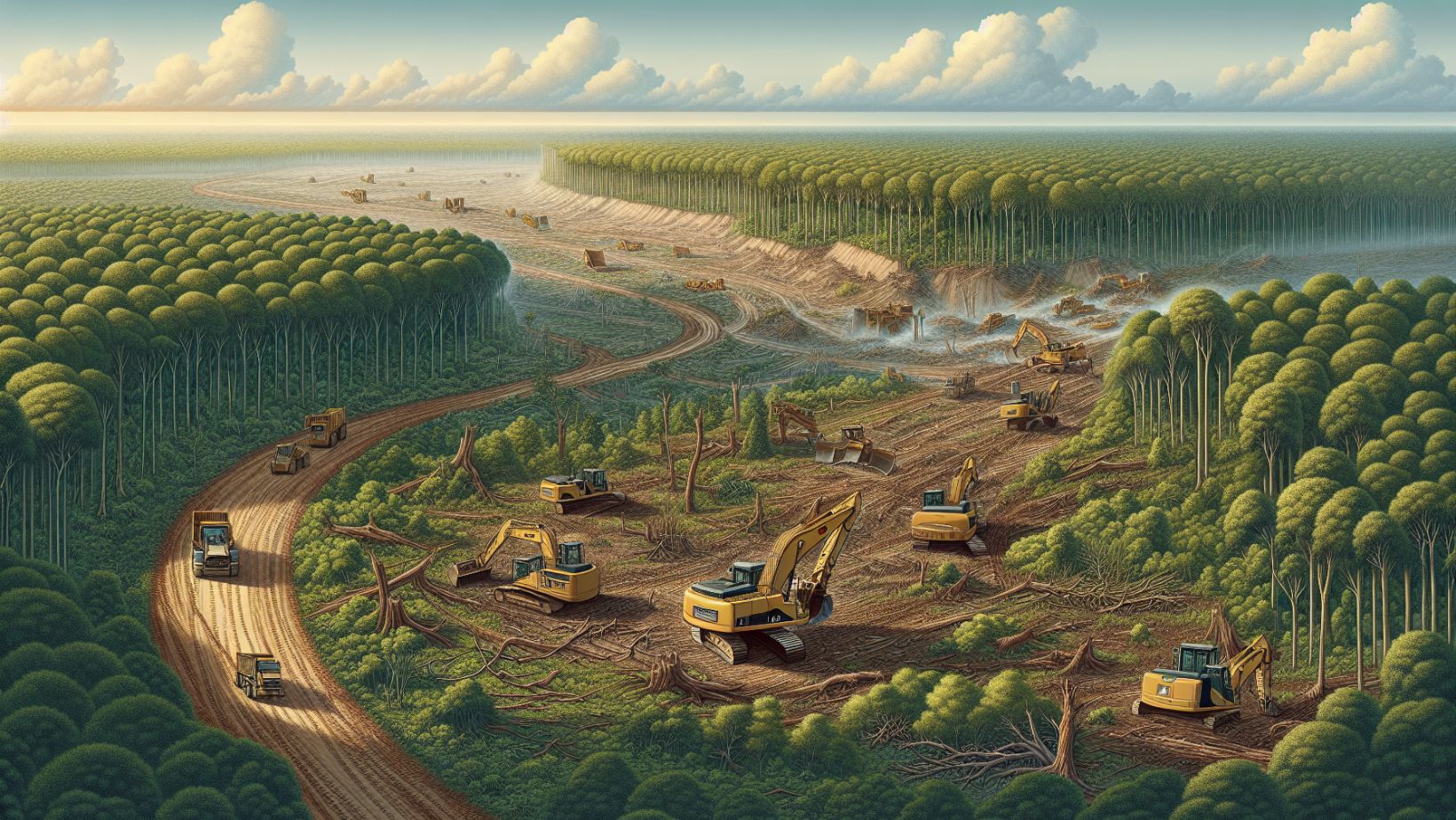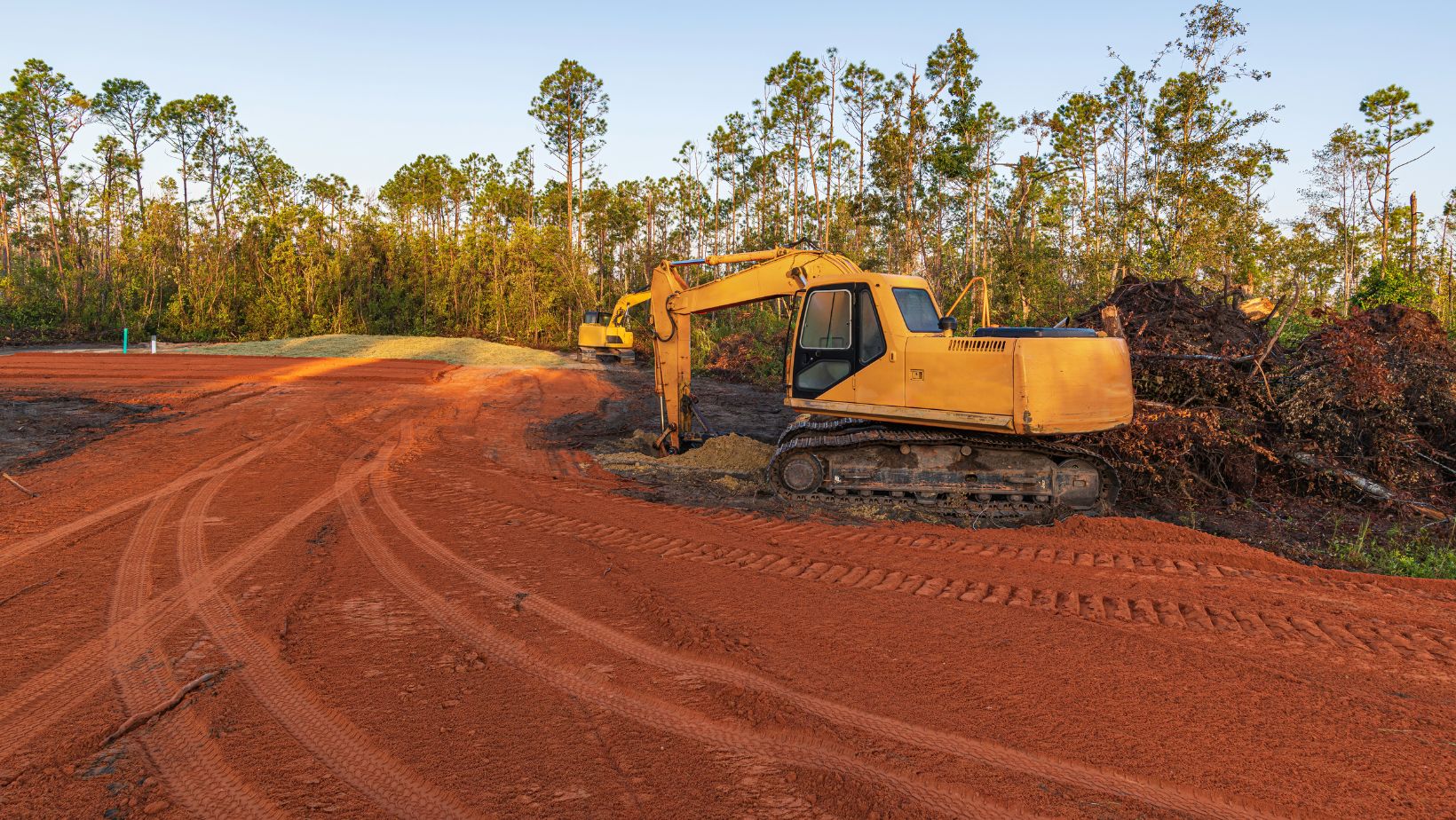
Land clearing is an essential first step in any development project, ensuring a safe and workable space for construction. Whether you are building a new home or developing a commercial property, understanding the key steps involved can save you time and money. This guide outlines everything you need to know to get started on the right foot.
Beginning a land-clearing project can seem daunting, but it doesn’t have to be. By breaking down the process into manageable steps, you can ensure that your project stays on track and within budget. This guide aims to equip you with the knowledge needed to begin your development project confidently.
Understanding Land Clearing Requirements
Before diving into the land clearing process, it is crucial to understand the specific requirements of your project. Each piece of land is unique and factors like soil type, vegetation and local regulations will impact your approach. Consulting with experts such as Snipes Contractors can provide valuable insights and support tailored to your situation.
One of the first steps is conducting a thorough site assessment. This involves evaluating the terrain, identifying potential hazards, and determining what vegetation needs removal. A clear understanding of these elements will help you create an effective land-clearing plan. What’s more, knowing local regulations and obtaining necessary permits is essential to avoid legal issues down the line.
Evaluating the environmental impact is another critical aspect of understanding land-clearing requirements. This involves assessing how your project may affect local ecosystems, wildlife habitats and water sources. Conducting a thorough environmental assessment not only helps in compliance with regulations but also allows you to implement sustainable practices.

Consider working with environmental consultants to identify protected species, sensitive areas, or potential contamination issues. This proactive approach can prevent costly delays and ensure your project aligns with environmental conservation efforts.
It’s also important to consider the long-term impact of your land-clearing project. This includes assessing how the cleared land will affect local drainage patterns, soil erosion potential, and neighboring properties. Developing a comprehensive land management plan that extends beyond the initial clearing phase can help mitigate future issues and ensure the sustainability of your development. This plan might include strategies for ongoing vegetation management, erosion control measures, and potential habitat restoration efforts. By taking a holistic approach to land clearing, you can create a more resilient and environmentally responsible development project.
Selecting the Right Equipment
Choosing the appropriate equipment for your land-clearing project is vital for efficiency and safety. The type of machinery you need will depend on factors like the size of the area and the density of vegetation. For instance, heavy-duty machines such as bulldozers or excavators might be required for larger plots, while smaller areas may only need chainsaws or brush cutters.
In addition to machinery, personal protective equipment (PPE) is crucial for ensuring worker safety. Helmets, gloves, and high-visibility clothing are just some of the items that should be part of your safety gear. It is also important to train your team on how to use each piece of equipment properly to prevent accidents and injuries.
Executing the Land Clearing Process
Once you have assessed your site and selected the appropriate equipment, it’s time to begin the actual land-clearing process.

Start by removing large obstacles such as trees and boulders. This creates a more navigable space for subsequent tasks like grading and leveling.
After removing significant obstructions, focus on smaller vegetation and debris. Using mulchers or chippers can help manage this part of the process efficiently. Proper disposal of cleared materials is also essential; consider recycling wood and plant matter whenever possible.
Post-Clearing Considerations
Completing the land-clearing process doesn’t mean your work is done. Post-clearing activities are equally important for preparing your site for development. One key task is soil stabilization, which prevents erosion and ensures a stable foundation for future construction.
You may also need to implement drainage solutions to manage water flow on your site effectively. Proper drainage helps prevent flooding and water damage during construction. Finally, consider replanting native vegetation around your cleared area to support local ecosystems and enhance property aesthetics.





